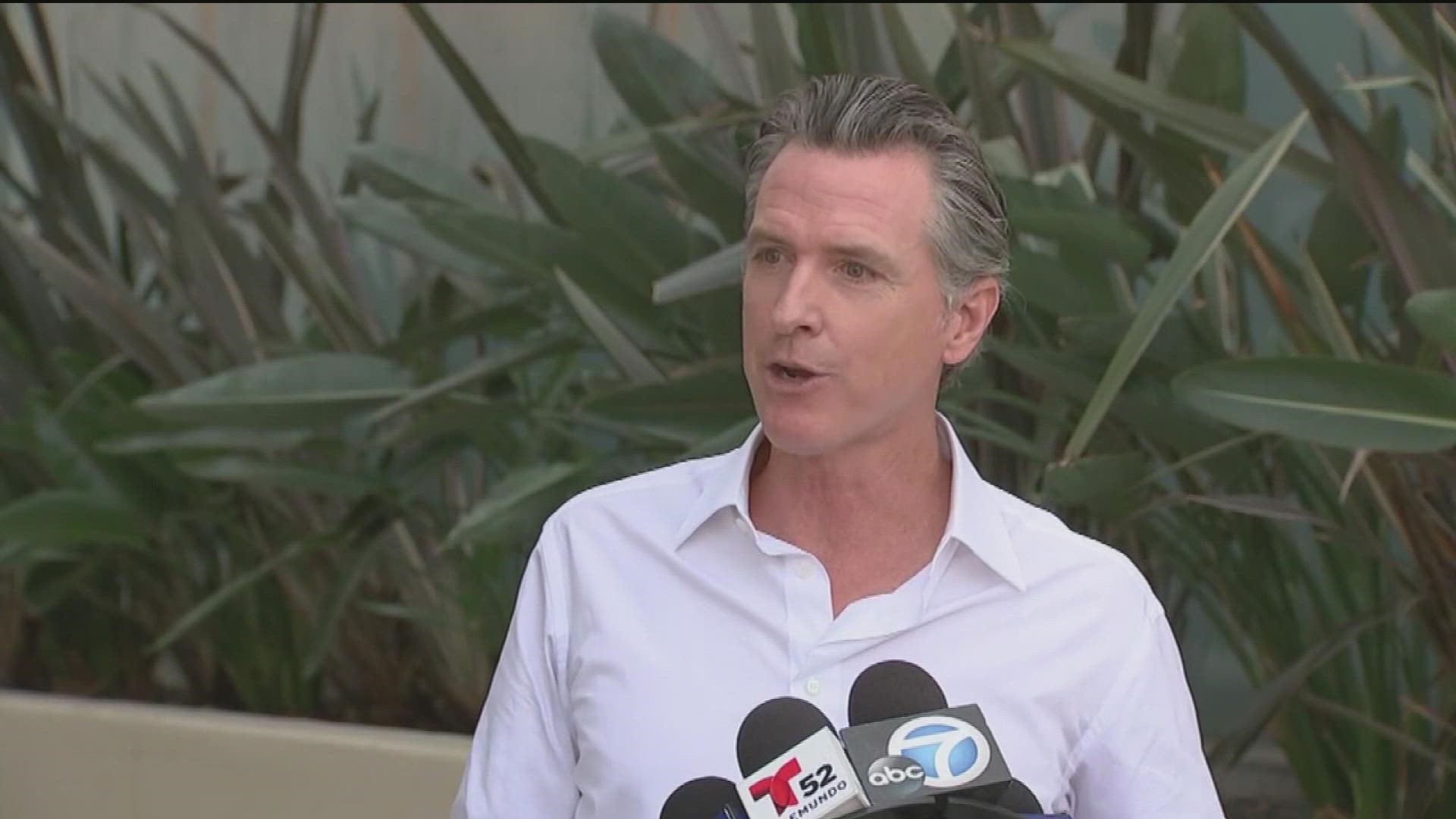SACRAMENTO, Calif. — Assembly Republican Leader James Gallagher said the threat of rolling blackouts is a result of failed Democratic policies, calling it “completely avoidable and predictable.”
“The bottom line is we're not prepared in the way that we need to be," Gallagher said. "And we're lucky that we got through yesterday without having rolling blackouts.”
Criticism poured in on social media from Republican senators, the California Chapter of the Republican National Committee, and the California GOP.
They also questioned how the state plans on phasing out the sale of new gas-powered cars by 2035.
“It was lost on nobody, that the governor on the one hand is calling for all new mandatory electric vehicles by 2035," Gallagher said. "But then told everybody, ‘But don't charge those this weekend because you'll knock out the grid.’ This is, it's unbelievable.”
The governor responded to the criticism in a surprise press conference Wednesday afternoon that he failed to alert the press corp about.
“The current peak utilization on the entire electric grid for electric vehicles today, and we have more electric vehicles and other state in the nation by a huge factor, a large factor is 0.4%," Governor Newsom said. "We project 4% when we completely accelerate to 2035 of the entire grid.”
Meaning, he’s not worried about electric vehicles impact on the grid, especially as he says the state continues to add more renewable energy options in the coming years.
“We have the ability to handle a hot day, that that is not the problem," Michael Colvin said. "What's unusual for California is that we do not normally have a heat dome that is affecting the entire state for multiple days in a row.”
Michael Colvin is the director of the California Energy Program at the Environmental Defense Fund. He used to work for the state developing clean energy policy.
“We project out many years in advance of how much power do we think we're going to need at any given time, and then we buy 15% more above and beyond that amount just to kind of give us that cushion," Colvin said. "You can say, ‘Well, it's 15%, why not 20%?’ but you can't necessarily plan for a once in a decade of them like that.”
And unlike previous heat waves, Colvin said there was no flexibility.
"We can move power around as we need to. This was unusual because really, the entire west coast got hit with this heat storm sort of all at once, and so you weren't able to shuffle power around from one part of the state to another or from a neighboring state to another," Colvin explained. "Everybody was scrambling because the weather event itself was just sort of so unprecedented."
He put the threat of rolling blackouts into perspective.
He said the last time the state had rolling blackouts because they were concerned, they didn’t have enough power was in 2001.
Which political analysts say played a role in Governor Gray Davis' eventual removal from office.
WATCH RELATED: California extends Flex Alert for 8th straight day amid scorching heat wave (September 2022)

